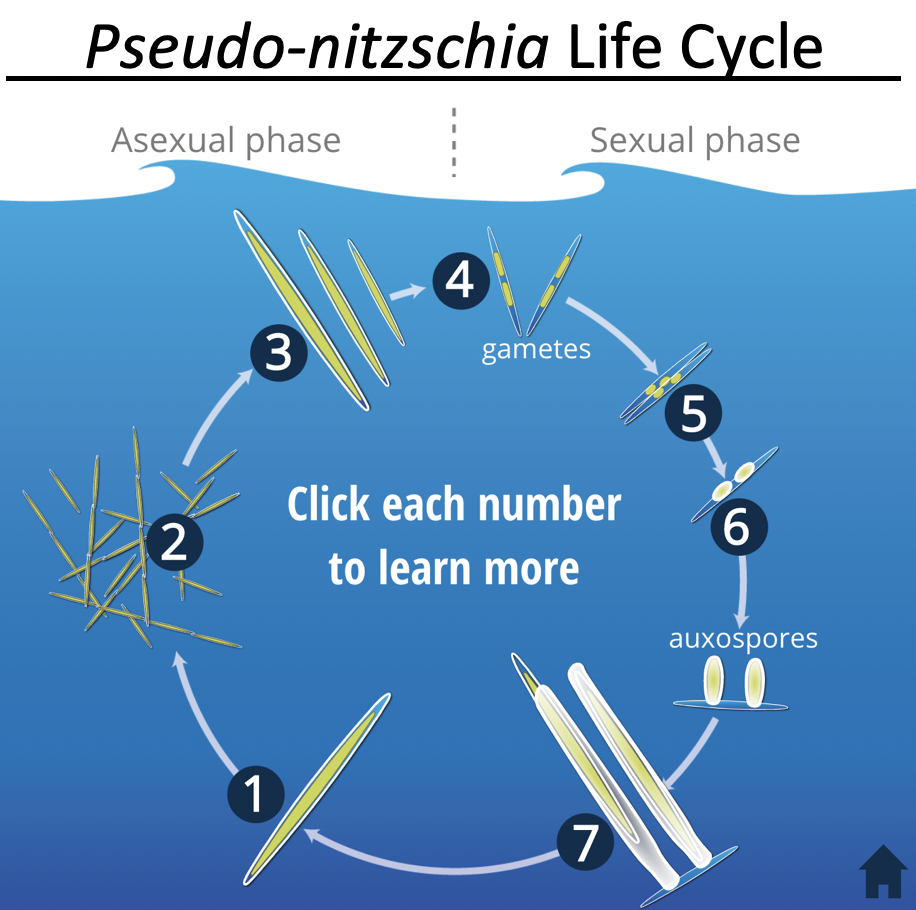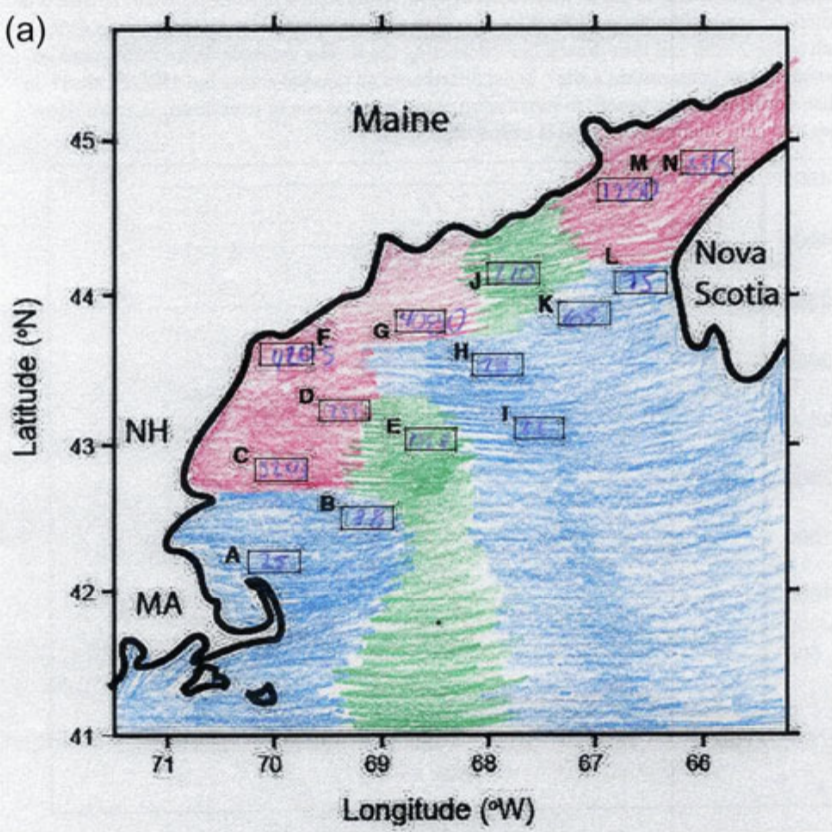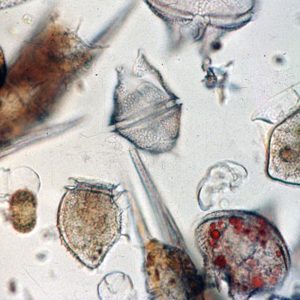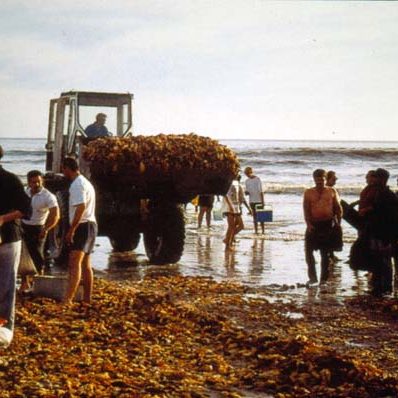Resources for Educators
Harmful algal blooms can be used to illustrate important concepts in biology, ecology, marine science, data analysis, and more. Below are a sampling of New England-specific materials that educators can incorporate into curriculum. This page will be updated as new activities and resources become available.
In light of classroom interruptions due to COVID-19, virtual or remote resources are marked with 

Algal Life Cycles
🦠 These interactive graphics allow students to explore the life stages of several important HAB species:

Track HABs by mapping their cysts


Explore the local algae population
In this experiment developed by the New Jersey Sea Grant Consortium, students in grades 6-12 build plankton nets with common household items, collect plankton, classify and identify the plankton by microscope or magnifying glass, and draw inferences about local productivity based on what they see. The activity also walks through concepts including red tides, eutrophication, and the local food web in New Jersey estuaries.
🦠 The Northeast Algal Society created this experiment for students in grades 9-12 to explore dichotomous keys and the biological vs. morphological species concept. Students walk through several hypothetical scenarios and then learn how to use a dichotomous key to parse out different species of algae. While this lesson plan is based on access to a microscope, students could collect macroalgae and attempt to key out the species based on their observations, or photos or video of species for comparison could be provided for remote classrooms.

Learn more about rockweed, a New England native
For upper level high school students as well as undergraduate level learners, the Northeast Algal Society lays out an experiment to explore the reproductive ecology and life history of Fucus vesiculosus, a species of macroalgae in the rockweed family, found locally on coastlines from Canada to North Carolina. Students collect field samples, identify if individuals are male or female, induce gamete release, and analyze how much biomass is committed to reproduction. Educators can expand on the concepts of reproductive strategy, resource allocation, and sexual reproduction.
🦠 As either a complementary assignment to the one above or a freestanding analysis project, an article by Ben Goldfarb for Hakai Magazine explores conflict on the coast of Maine over the rights to harvest rockweed and the ecological impacts of its removal. Educators can use this article to illustrate biological themes including food webs, habitat destruction, and sustainable management strategies, as well as explore the interplay between biology and other subjects, including history, socioeconomics, and law.
Additional Sources
The pages below compile many more algae-related lesson plans and teaching resources.
- Consortium for Ocean Science Exploration and Engagement (COSEE), including 12 region-specific COSEE pages
- The Bridge - Sea Grant Ocean Science Education
- National Geographic
- NOAA's Office of Ocean Exploration and Research
- Northeast Algal Society
- Sea Education Association (SEA Semester)
- U.S. National Office for Harmful Algal Blooms
- Virginia Scientists and Educators Alliance (VA SEA)
